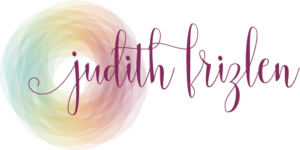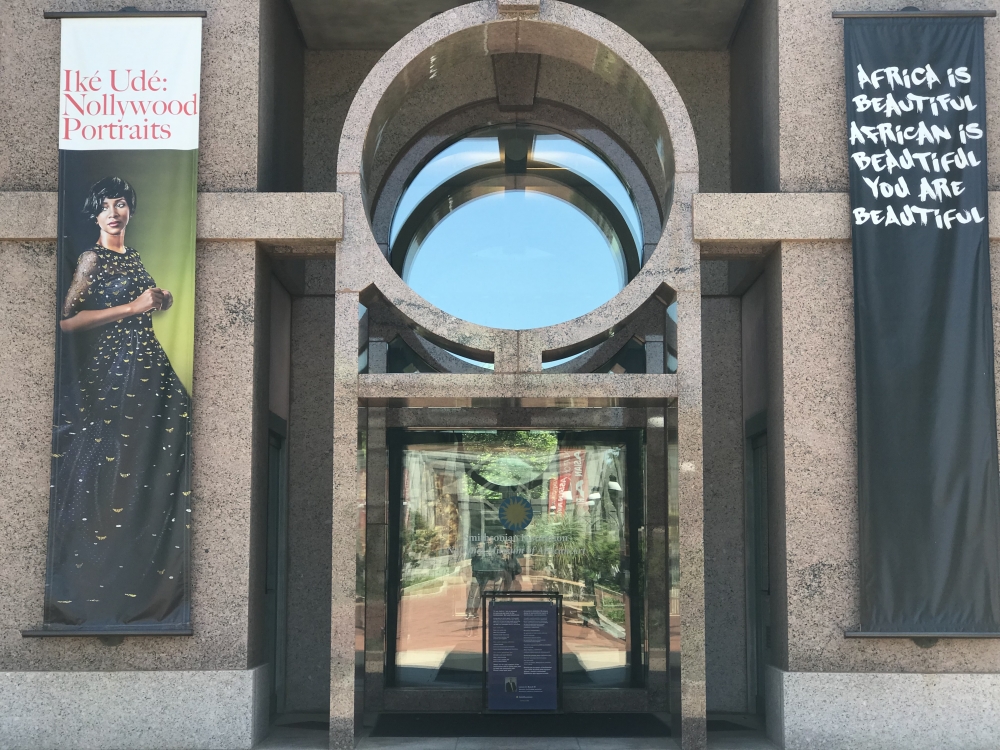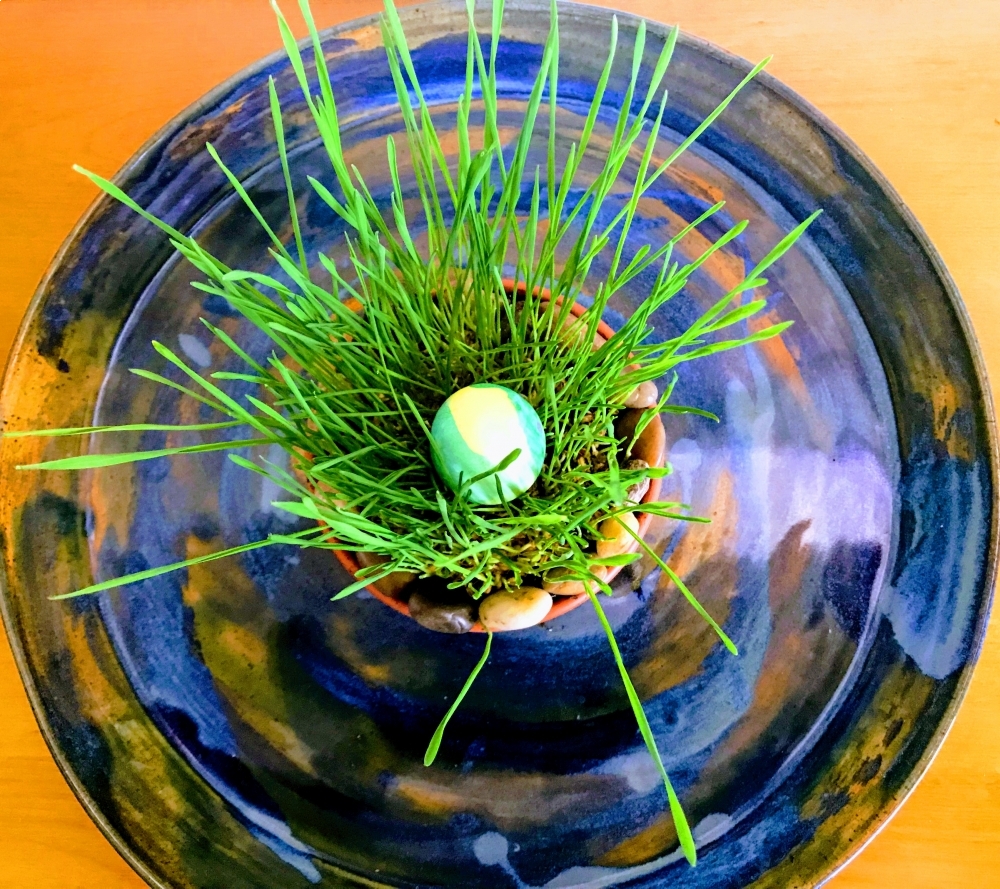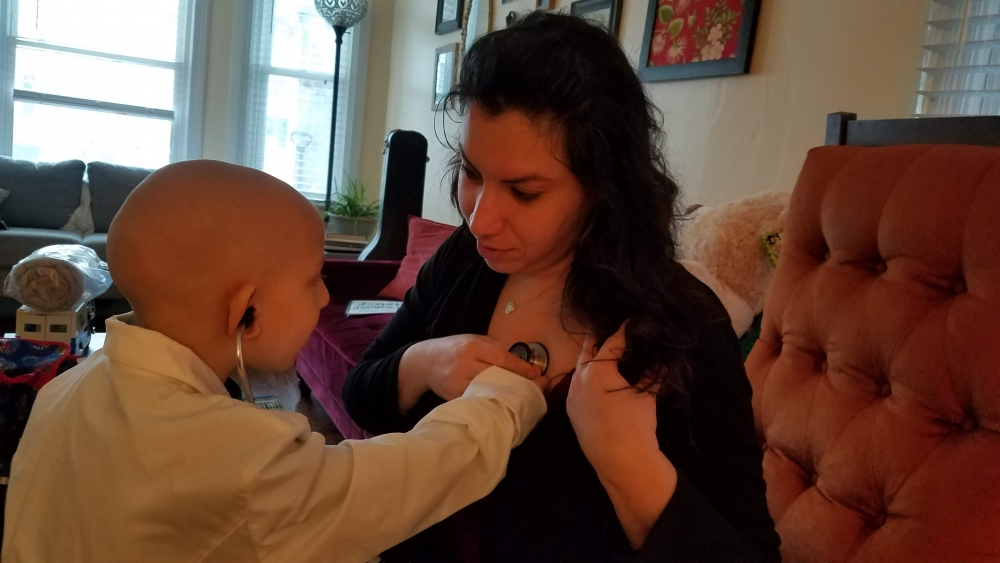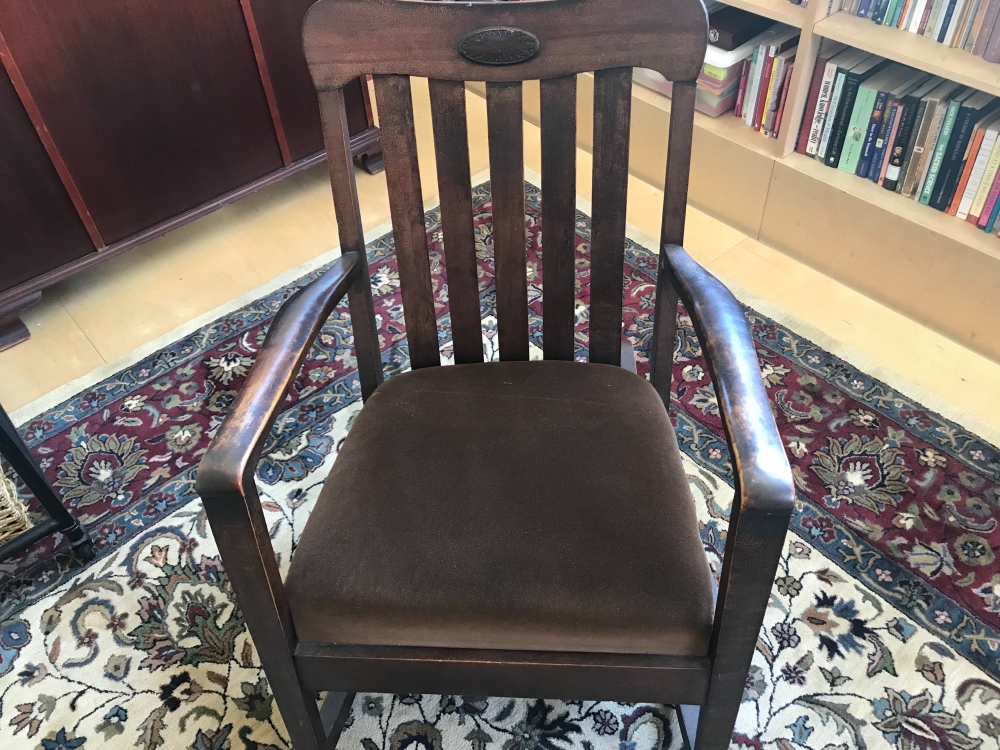What happens when we meet someone who does not look like us? Do we close ranks on our tribe and call them the other?
Otherness comes from the social process in which a group defines itself with a certain identity which differentiates it from other groups. Identifying factors for groups can be gender, race, age, or other often easily recognizable traits.
Stigmatizing differences which may be actual or imagined involves placing a negative value on them. It leads to discrimation. Through discrimation, the dominant group gains an imbalance of resources, justice and empathy.
The dominant or majority group has certain privileges and powers which are denied the minority group. That imbalance becomes embedded in our systems. In my understanding, this is Institutional racism.
I am thinking about this topic in an attempt to understand the horrific mass shooting in my hometown of Buffalo last weekend. Since I cannot get into the head of any other, I am looking at how I perceive others and the concept of othering.
I am a white, educated, senior (as in 65-years-old) member of the middle class. As a child, I lived in a white suburban neighborhood. When I became an adult, I sought cultural diversity and chose to live in an urban environment and have ever since.
One of the privileges I have had is a good education; I was taught love and social justice along with academics. We were encouraged to serve others, to serve humanity.
I was not exposed to hatred, but I did experience othering. Based on pervasive social stereotypes, I was afraid of others whom I did not know. I understand now that I was protected by my tribe when I ventured out. It gave me a sense of safety.
We were not wealthy, but I did not have to worry about whether we had what we needed. Perhaps that informed my view of prosperity which is based on sharing, not hoarding. I don’t fear there is not enough to go around – which is a privelege.
Although I have experienced sexual descrimination, it has not kept me from achieving my life’s goals. I have focused my career in an area that is “women’s work” – nurturing education for young children and supporting mothers. There are more women than men in this work.
My desire for the world is for “liberty and justice for all”. We recited those words in the pledge of allegiance every morning in school. In spite of racial injustice and targeting in the most horrific way, I still think this ideal is possible.
But how? We need to look in our hearts and be honest about othering. What do we tell ourselves about the other and what emotions does that trigger?
There is an aspect of othering that I have not mentioned yet, but I know it firsthand. I realize there are aspects of myself that I have excluded from my sense of identity. Jung called it the shadow self.
Rejecting the unpleasant, unrefined, or messy parts of my identity is a form of “othering” that creates inner conflict. What I reject or try to hide from, I will project on others. It shows up somewhere.
My commitment is to increase consciousness of how I “other” people including myself. And to stay aware and awake to how I may be projecting onto others what I reject that lives inside of me.
Since my work is in early childhood education, when I think about a topic, I strive to boil it down to the basics. These are the thoughts I have come to. They are my own thoughts which I am sharing.
Othering creates group identity.
Othering can lead to discrimation.
Discrimation can lead to hate speech.
Hate speech can lead to hate crimes.
Hate crimes inflict terror on the group that has been othered, discriminated against, and targeted.
I think we are more alike than different. Instead of othering which separates us, what if we identified with each other to connect as one race? The human race.
That’s my dream. I hope you share it.
How does such a thing happen? It begins with othering or
